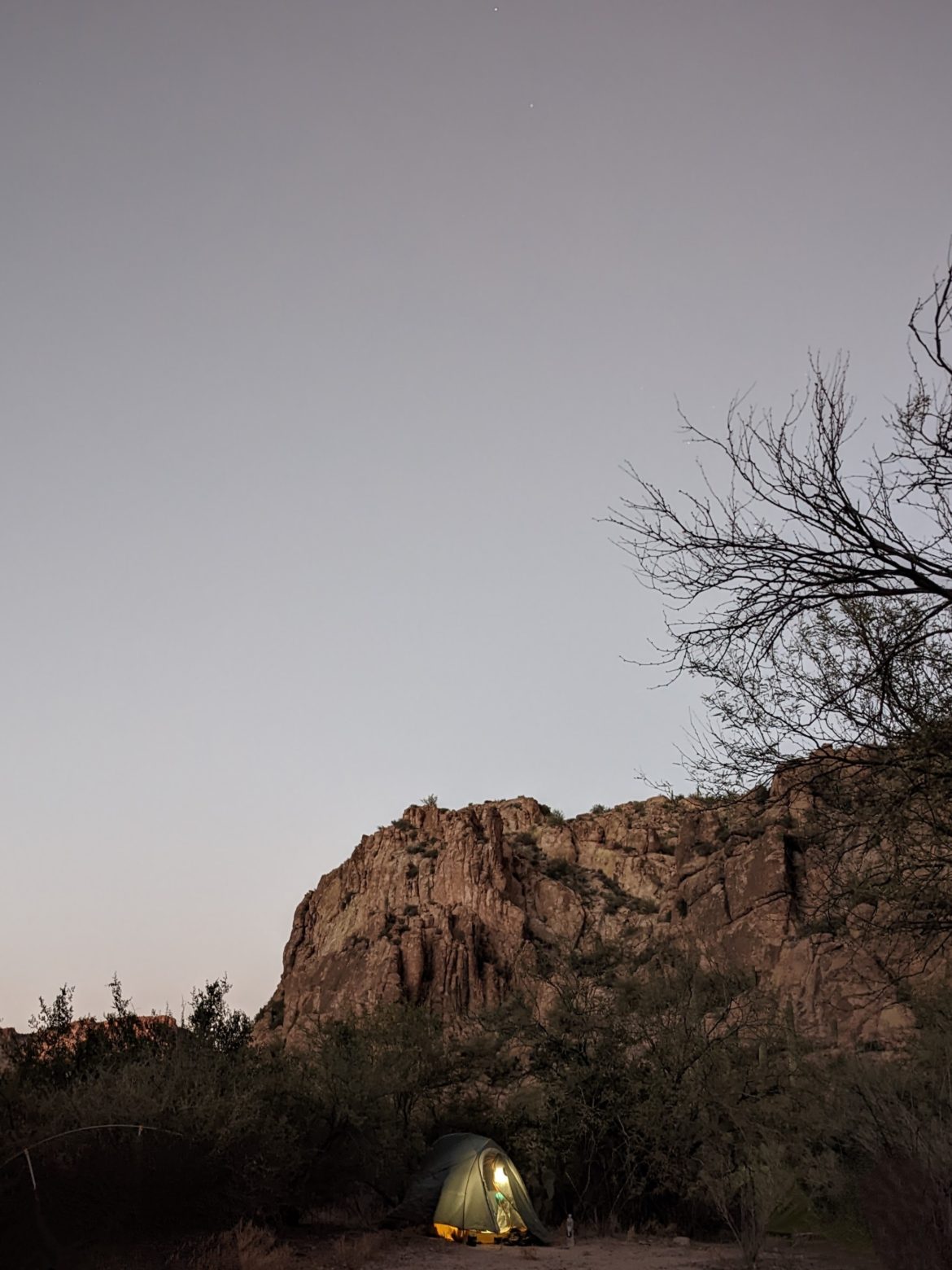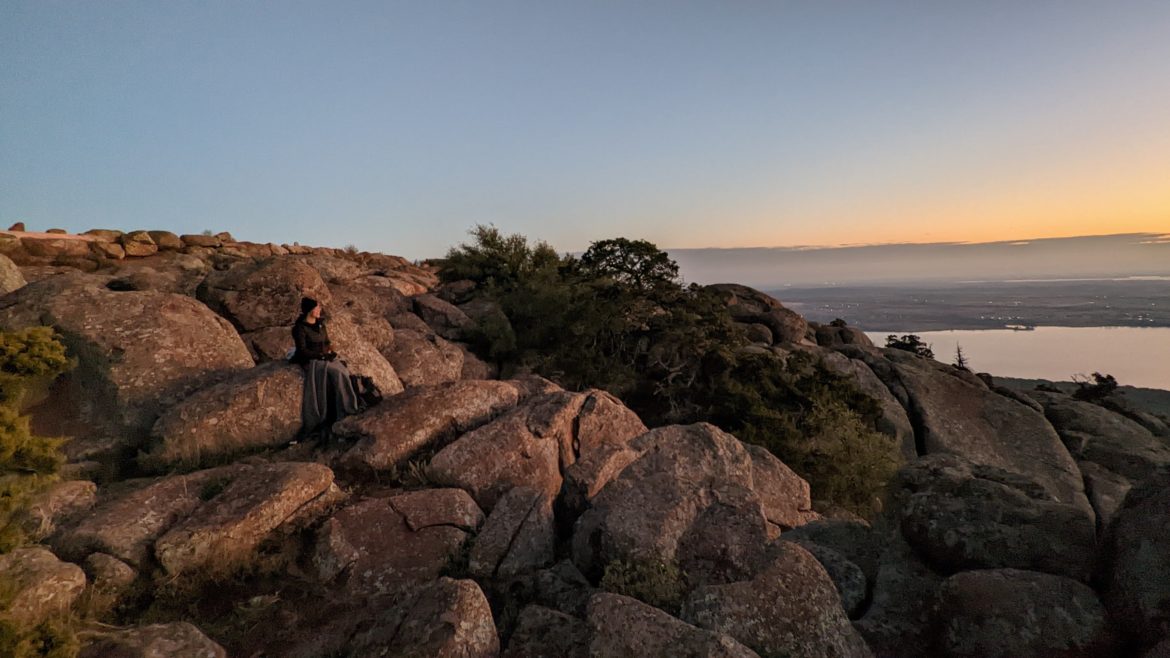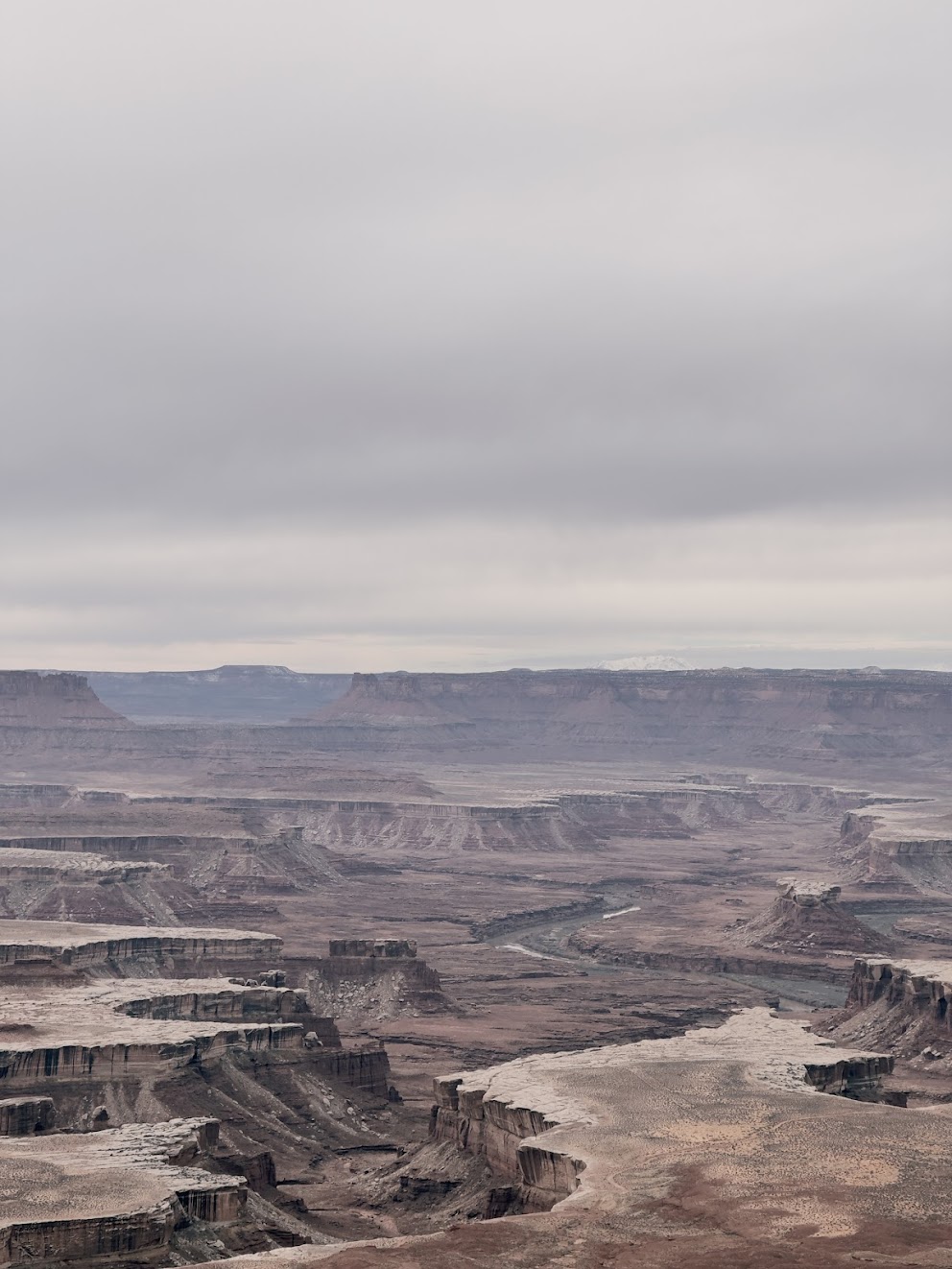18 miles through the Superstition Mountains in 3 days – that was the plan. Not a huge distance – many could do it in one day. However, this was my first backpacking trip EVER, so I was happy to lengthen the trip in exchange for a more relaxed daily mileage. Here’s how I prepared for my 3-day backpacking trip into the Superstition Wilderness, and what will work for you:
Step 1: Finding the Right Trip
I am not sponsored by REI (yet) – but I am a great admirer of their business model. Membership costs a mere one-time payment of $30, and the benefits of staying loyal to the brand are many. I also trust the quality of most REI-created products – including their adventures. Since I had never backpacked before, I wanted to go on a guided trip first. This ensures two things: First – at least I will be safe and avoid any ignorance-induced trauma. Second – it is highly likely that the guides will teach me more than I can learn from the pages of a book.
REI offers many trips that all seem super cool – and I want to go again on another one soon. Maybe next time, I’ll choose Joshua Tree or the Great Smoky Mountains. This time, I chose the Superstition Wilderness because it fit my schedule and was affordable for yours truly, the elementary school teacher.
The main feedback I have in regards to the REI Adventure guides is this: They’re undeniably great! The two ladies who led our trip, Sibley and Christina, were kind, knowledgeable and professional. I felt safe and very welcome as a backpacking newbie. Not only have these ladies completed hours of backpacking and trip guiding, but they are also eager to share their knowledge and experience with you.


Step 2: Getting in Shape for the Trip
If you have never backpacked before, there are a few things you absolutely need to do in order to be prepared for a multi-day trek like this. Even though the mileage isn’t crazy (an average of 6 miles each day), it’s important to know that you can handle elevation gain, the desert climate, and carrying 35 pounds of supplies on your back.
I live in Dallas, so I knew that I wanted to overcompensate when it comes to aerobic training. The Superstition Wilderness, just outside of Phoenix, ranges from 2,000ft to around 6,000ft in elevation. Dallas sits at around 500ft. Even though the elevation in the desert doesn’t present much of a challenge (in comparison to the 14ers in Colorado), I feel like living in Dallas makes it really easy to assume my lung capacity is more than it really is.
You also need to be confident that you can carry ~35lbs of supplies on your back during the hike. In order to do this, you first need a well-fitting backpack. A good pack will rest most of the weight on your hips, not your back, and allow you to shift the weight as necessary using adjustable straps. You should be able to carry the full weight for a few hours without getting chafed, especially around the shoulders.

Here’s how I trained for the backpacking trip while living in Dallas:
3 months before the trip:
- Purchase an appropriate pack. Make sure the carrying capacity works for what you need, and that it is fitted to your body. (Although I am on the taller side, I still ended up with a small-medium pack because I have a shorter torso.)
- Start training with the pack (add weight to the bag, increasing by 10lbs each week until you reach 40lbs). This helps you make sure that your pack will stay comfortable even as you add weight.
2 months before the trip:
- Mix up your training with longer hikes (4-10 miles) and high-intensity stair climber workouts (30min to an hour at a certain level). This helped me to increase my endurance and aerobic capacity prior to the trip. I also took advantage of the weight vests at my gym and used them when I felt confident that my pack was broken in enough.
That’s pretty much it. I would train twice a week in the gym (on the stair climber) and as many Saturdays as I could (outdoor hikes in TX, Arkansas, and Oklahoma). The variety made it a lot more fun. After all, none of this was about sacrificing enjoyment for achievement. The whole point of going on this trip and training for it is seeing what you can achieve! If you’re not also having a blast during these training hikes, then maybe it’s time to evaluate why you want to go backpacking in the first place. Your reasons are completely valid, but the enjoyment of the journey is far more important than reaching your end goal.



Step 3: Finally, The Actual Backpacking Part
I went on this trip to the Superstition Wilderness in late November. Although the nights get quite cold, I believe that late fall/early winter is a great time to explore this area. Summers can be relentless, both extremely hot and unbearably dry. The weather stayed under 70°F (21°C) during daylight hours. That makes for super comfy hiking weather. If you do sign up with REI, you can trust that they would only take you out during safe parts of the year (not the summertime).
What to wear in the superstition wilderness area
You should absolutely plan to wear long sleeves and pants for this trip. I had never seen so many sharp and prickly plants in my entire life. There was not a single person in the group that was able to avoid getting snagged on the trail. I kind of loved it. Sometimes, I felt like a ninja weaving through obstacles in a maze. Other times, I was able to appreciate these adorable plants for their ability to defend themselves in this unforgiving environment.


200-year-old saguaro cacti towered over everything else, and it was natural for me to assign Ent-like personalities to unflappable giants. The Catclaw Acacia brought nostalgia, leaving behind small scratches very similar to the ones my kitty leaves when we cuddle at home. In conclusion: Don’t wear your favorite shirt on this trip, and expect to come home with a few scratches. Think of them as battle scars, a sign that you fought well in the desert terrain.
Each day was beautiful in the desert, with clear skies and a slight breeze in the air. My favorite piece of advice from the guides was “don’t be silly, start chilly”. Essentially, that means that although the mornings are cooler, you will want to delayer quickly when you start moving. To avoid wasting time, start out the hike without your top layer and endure the chill until you warm up.
(Bonus: Spider cuties)
It’s tarantula mating season in November, so keep an eye out! I loved making some new spider friends, but if you’d rather forget about their existence – forget I said anything.

If you enjoy hiking and your pack fits well, I think that you will enjoy a trip into the Superstition Wilderness. It’s the perfect balance between challenging yourself (mentally and physically) and leaving enough space to relax and commune with nature. You can take deep breaths of fresh air and enjoy separation from the “real world” for a while. Step out of your comfort zone and see what your body and mind can really do!
For more information on Arizona travel and hiking, read Arizona Travel: How to Hit 3 Spectacular Sights in 6 Hours.



